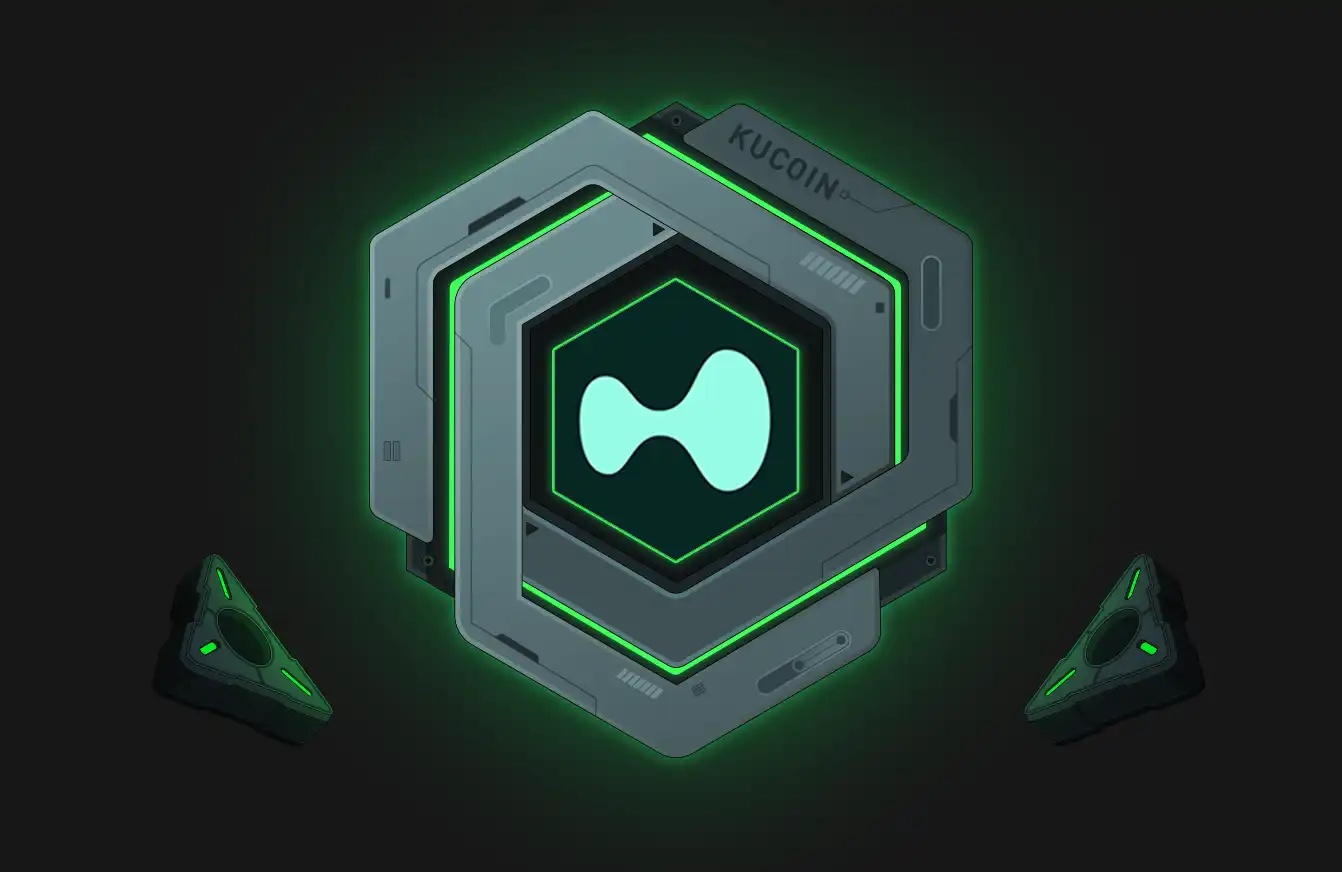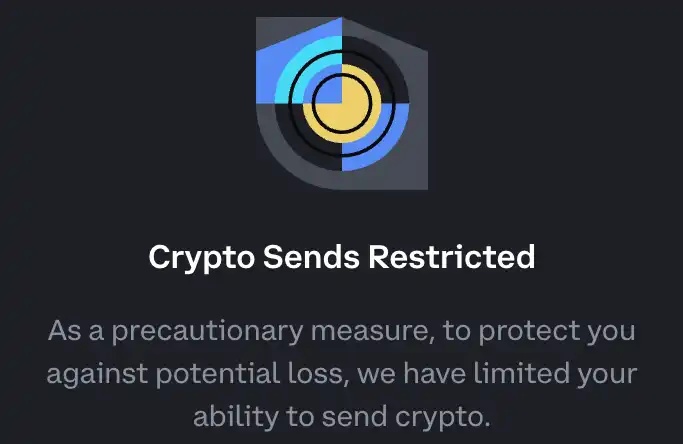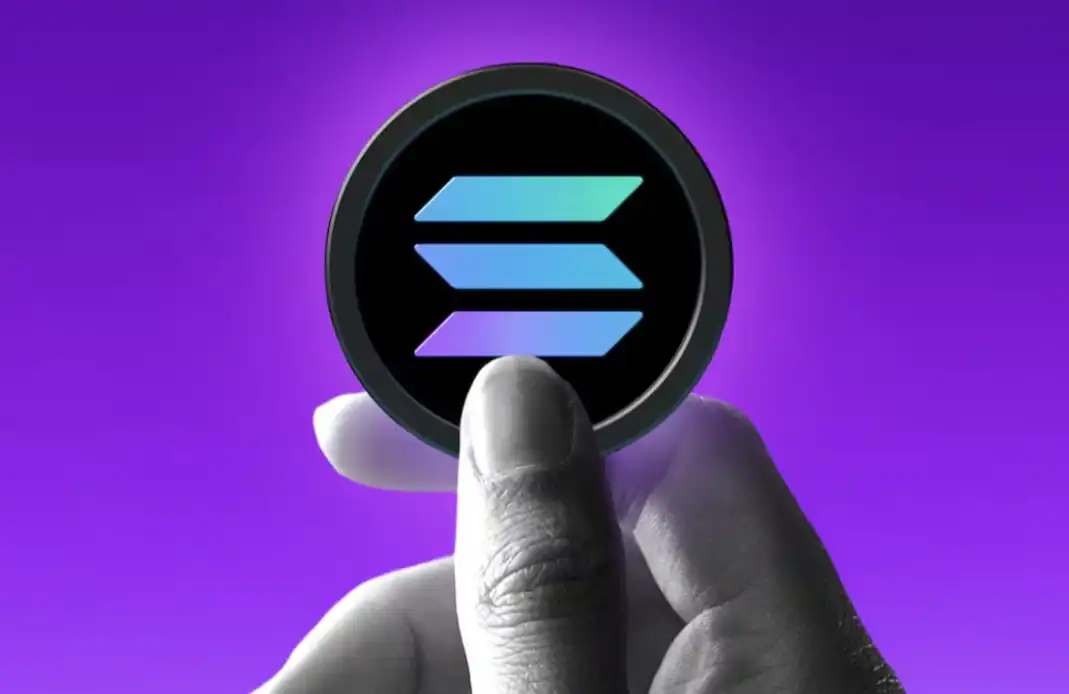The six-year-old established project AirdropCoin (ADC) will be listed soon. Is it a social media virality tool or a Ponzi scheme?
Original Article Title: "After Six Years, Established Project Pi Token Finally Goes Live: Is It a Social Phenomenon or a Ponzi Scheme?"
Original Article Author: Alvis, MarsBit
Introduction: When "Mobile Mining" Becomes Reality
"On February 20, 2025, at 16:00, this time will be recorded in crypto history—either as the moment Pi Network crowns the 'Blockchain for the People,' or as the starting point of the biggest ever airdrop coin bubble burst."

Six years ago, Stanford PhD Nicolas Kokkalis initiated a social experiment with a mobile app: users could "mine" by clicking a button once a day, without the need for specialized mining rigs, electricity consumption, or costs. Today, this experiment is reaching its conclusion—Pi Network has announced that the Open Network will officially launch on February 20, 2025, at 16:00 Beijing time, marking the first time Pi Coin will be interconnected with external systems.
Behind the data lies a tale of two extremes:
- Enthusiastic Supporters: 50 million users worldwide, over 18 million KYC-verified users, with Taiwanese businesses even accepting Pi Coin for bubble tea purchases and rent payments;
- Skeptics: Mainnet delayed by 6 years, tokens unable to be traded, and the "IOU futures" listed on exchanges accused of hyping air.
Amidst this vortex of controversy, is Pi Network truly a technological revolution or a carefully crafted capital game? This article will dissect its value proposition and potential risks based on the latest data and ecosystem developments.
I. Positive Outlook: Three Key Disruptions of the Blockchain for the People
1. User Base: Overwhelming Traditional Public Chains with a "Traffic Nuclear Bomb"
Pi Network has created the largest user network in crypto history:
- 50 million registered users, far surpassing Ethereum (with less than 5 million active users out of 120 million addresses);
- 18 Million KYC Verified Users, with over 8 Million already migrated to the closed mainnet, expected to surpass the 10 Million migration target by February 20th;
- Asian Dominance: South Korea with 1.34 Million users surpasses Binance's local user base, while Vietnam and the Philippines rank top three globally in community engagement.
This user scale gives it a natural ecosystem incubation capacity—even if only 1% of users engage in development, it could foster 50,000 DApps (currently only 80 live mainnet applications).
2. Technological Democratization: Mobile Mining and Stellar Consensus Fusion
The Pi Network seeks to lower the blockchain barrier with two key innovations:
- Stellar Consensus Protocol (SCP): Abandoning Bitcoin's energy-intensive PoW, achieving energy-efficient consensus through the Federated Byzantine Agreement (FBA) where smartphones can participate in validation;
- Layered Role System: From "Pioneer" (daily check-in mining) to "Node" (running a full node), users earn tokens based on contribution, forming a bottom-up governance structure.
This design allows blockchain to reach non-technical audiences for the first time—homemakers, students, retirees can all participate, breaking the industry's "geek-exclusive" barrier.
3. Real-World Applications: From Taiwanese Bubble Tea Shops to Cross-Border Payments
Despite the mainnet not being open, the Pi Network has explored unique offline scenarios:
- Taiwanese Business District Experiment: Over 200 merchants accept Pi coin payments, from dining to property rental, where 1 Pi ≈ 25-30 New Taiwan Dollars (about 0.8-1 USD);
- Cross-Border Remittance Testing: Filipino workers transfer funds to their hometown through the Pi wallet, with fees only 1/10 of traditional banks;
- Developer Incentives: 80 mainnet applications cover education, healthcare, logistics, such as "Pi Health" utilizing anonymous health data to train AI diagnostic models.
If the open network runs smoothly, these scenarios could transition from edge experiments to a globally inclusive financial infrastructure.
2. Negative Controversies: Trust Deficit and Valuation Bubble
1. Six-Year History of Delay: Trust Crisis of the Boy Who Cried Wolf
The mainnet schedule of the Pi Network could be described as a "masterclass in procrastination."
The Pi Network was launched in 2019, initially supporting mobile-based cryptocurrency mining, and has gone through multiple stages, including Testnet, node plan, and closed mainnet. Currently, the project is in the process of transitioning to an open network, with the mainnet migration expected to take place in early 2025.
· March 14, 2019: Official Launch - Pi Network was officially launched on "Pi Day" (March 14th), named after the mathematical constant π (3.14). The initial version of the mobile app allowed users (referred to as "Pioneers") to mine Pi cryptocurrency directly through their smartphones.
· March 14, 2020: Testnet Phase Launch - On the first anniversary of Pi Network, the project entered the Testnet phase, marking a significant step towards decentralization. This phase supported the deployment of globally distributed nodes, enabling community developers to test the blockchain using Test-Pi and create applications.
· End of 2020: Node Plan Introduction - Pi Network introduced the node plan, allowing users to run network nodes on their personal computers. This move strengthened Pioneers' contribution to network security and transaction validation, furthering decentralized development.
· December 2021: Closed Mainnet Launch - Pi Network entered the closed mainnet phase, with the mainnet going live but still behind a firewall, preventing external connections. During this time, users could complete KYC (Know Your Customer) and migrate Pi to the live mainnet, while the community built applications and utility tools within the closed network.
· October 2023: Roadmap Release - The Pi core team released a milestone-based roadmap, detailing past achievements, current projects, and future plans. This roadmap increased transparency and outlined key steps towards the open mainnet.
· December 2024: Open Network Update - The Pi Network team announced that the planned launch of the open mainnet at the end of 2024 would be delayed until the first quarter of 2025. This decision aims to allow more users to complete KYC verification and migrate their tokens to the mainnet, ensuring a more inclusive and secure ecosystem.
· January 2025: Mainnet Migration Progress - As of January 2025, Pi Network has seen over 18 million users complete KYC verification, with over 8 million users having migrated their tokens to the mainnet. The team has extended the KYC and mainnet migration grace period until January 31st to further support the transition.
While the team attributed the delay to KYC audits and ecosystem development, the community questioned whether it was intentionally delayed to maintain token scarcity.
2. Trillion-Dollar Valuation Cloud: The Fatal Trap of Fully Diluted Valuation
Based on a maximum supply of 1 trillion coins, if Pi reaches $1, its fully diluted valuation (FDV) would reach $1 trillion—more than a third of Ethereum's current market cap ($315 billion). However, this faces two major paradoxes:
- Circulating Supply Black Hole: Currently, only 2 billion Pi have migrated to the mainnet, with the remaining 980 billion coins to be gradually released through mining. If the team controls the unlock pace, it may trigger panic selling;
- Limited Use Cases: The existing 80 DApps are mostly tool-oriented applications, lacking value-capturing scenarios like DeFi, NFTs, raising doubts about the ecosystem's vitality.
3. Regulation and Privacy: A Double-Edged Sword of Compliance
Pi Network's compliance strategy harbors risks:
- Overreaching KYC: Users are required to submit ID cards, facial recognition, and proof of residence, far exceeding conventional project requirements, posing a risk of data breaches;
- Regulatory Encirclement Risk: If the SEC deems Pi a security (similar to the XRP lawsuit), its U.S. ecosystem could collapse instantly.
Three, Open Network Launch: Four Key Validation Metrics
February 20, 2025, is not only a technical milestone but also a litmus test of Pi Network's value. The following four key metrics will determine its success or failure:
1. Exchange Liquidity Test
- Real Trading Volume: If major exchanges like HTX, Binance, etc., enable Pi coin spot trading, it will be crucial to observe if there is a "listing dump."
- Price Anchoring: The current Taiwan P2P price (about $1) has a significant difference from the IOU futures price ($48.3), and the direction of price convergence indicates market confidence.
2. Node Decentralization Level
- Validation Node Distribution: If the top 10 nodes control over 50% of the hash power, it will violate the original intention of a "people's blockchain";
- Censorship Resistance: Whether the open network can withstand government-level firewall blocking, especially in sensitive regions like Southeast Asia.
3. Developer Migration Wave
- DApp Explosion Rate: Whether the mainnet applications can break through 500 in the next 3 months and have at least one phenomenon-level application;
- Cross-Chain Interoperability: Progress in bridging assets with Ethereum and Solana will determine its ability to integrate into the mainstream ecosystem.
4. Tokenomics
- Inflation Control: Whether the mining release rate leads to hyperinflation, referencing Helium's market value collapse due to token oversupply;
- Burn Mechanism: The proportion of in-app fee destruction will determine if Pi Coin can enter a deflationary cycle.
IV. Future Scenarios: Three Possible Situations
Scenario One: Utopia Comes True (30% Probability)
- Key Assumptions: Mainnet operates flawlessly, daily exchange trading volume exceeds $1 billion, and a DApp with millions of users emerges;
- Price Prediction: Pi Coin stabilizes at $5, FDV reaches $500 billion, and ranks in the top five in cryptocurrency market capitalization;
- Social Impact: Becomes the inclusive financial infrastructure of developing countries, challenging SWIFT's dominance.
Scenario Two: Moderate Growth (50% Probability)
- Key Assumptions: Technological stability but mediocre applications, with annual inflation rate kept under 15%;
- Price Prediction: Pi Coin fluctuates between $0.5 and $2, with a market cap similar to Dogecoin (about $300 billion);
- Social Impact: Maintain the position of a regional payment tool, similar to Vietnam's MoMo e-wallet.
Scenario Three: Bubble Burst (Probability 20%)
- Key Assumptions: Mainnet downtime, regulatory crackdown, team token sell-off;
- Price Prediction: Pi coin crashes to below 0.1 USD, community engages in large-scale activism;
- Social Impact: Triggers a global crisis of trust in the "zero-cost mining" model.
V. Conclusion: A Social Experiment Affecting Blockchain Faith
The essence of the Pi Network is a social collaboration experiment—it attracts a massive user base through minimalistic interaction, builds community consensus through delayed gratification, and challenges elitism through a grassroots narrative. Its success or failure not only affects token price but also validates two ultimate propositions:
1. Does blockchain require technical barriers? If 50 million layman users can shape a thriving ecosystem, widespread adoption of Web3 will no longer be distant;
2. Must value originate from scarcity? If Pi coin's zero-cost mining gains market acceptance, Bitcoin's "digital gold" narrative may face a challenge.
Personal Viewpoint:
The Pi Network's open network launch is the most suspenseful crypto event of 2025. With its massive user base and real-world use cases, it has disruptive potential, but the six-year delay and valuation bubble are like the sword of Damocles. In the short term, price fluctuations may occur post mainnet launch due to liquidity release; in the long term, its fate depends on whether it can evolve from a "social viral tool" into a "value creation engine." If the team can restrain greed, focus on the ecosystem, Pi coin might truly become the "people's currency" of the crypto world; if they repeat the mistakes of exit scams, this experiment will become the costliest lesson in blockchain history.
Welcome to join the official BlockBeats community:
Telegram Subscription Group: https://t.me/theblockbeats
Telegram Discussion Group: https://t.me/BlockBeats_App
Official Twitter Account: https://twitter.com/BlockBeatsAsia
 Forum
Forum OPRR
OPRR Finance
Finance
 Specials
Specials
 On-chain Eco
On-chain Eco
 Entry
Entry
 Podcasts
Podcasts
 Data
Data


 Summarized by AI
Summarized by AI







